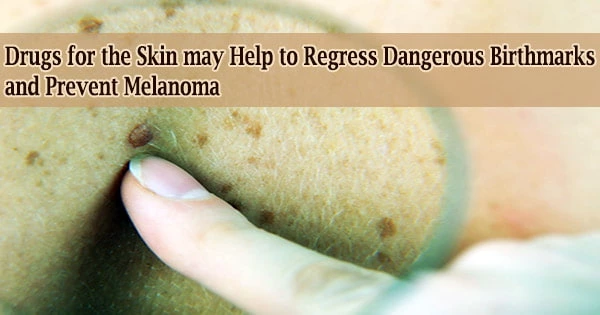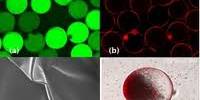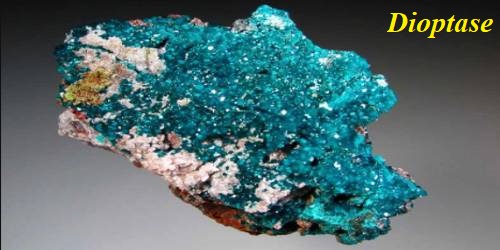A congenital enormous nevus is a large, pigmented mole that can cover much of the face and body that affects about one out of every 20,000 babies. Because of the mole’s appearance and the possibility of it evolving into skin cancer in the future, many parents choose to have their children undergo major surgery to remove the entire lesion, which can leave huge and lasting scars.
Researchers led by Massachusetts General Hospital (MGH) researchers recently developed numerous preclinical models of this illness and utilized them to demonstrate that many medications may be applied to the skin to induce lesions to regress, and one topical drug can also protect against skin cancer. The results of their research have been published in the journal Cell.
Melanoma is a type of skin cancer that starts in the cells called melanocytes. While melanoma is less prevalent than basal cell carcinoma (BCC) and squamous cell carcinoma (SCC), it is more hazardous since it can spread to other organs more quickly if not treated early.
“The goals of our study were to develop a series of animal models designed to elucidate key biological features of these lesions, and to test nonsurgical drug treatments to skin, aiming to cause the nevus cells to recede, thereby removing the need for surgical treatments,” says senior author David E. Fisher, MD, PhD, director of the MGH Cancer Center’s Melanoma Program and director of MGH’s Cutaneous Biology Research Center.
Mice designed to express the NRAS gene, which includes a mutation known to produce most congenital giant nevi in people, as well as mice with skin grafts harboring human congenital giant nevi, were used in the study.
The goals of our study were to develop a series of animal models designed to elucidate key biological features of these lesions, and to test nonsurgical drug treatments to skin, aiming to cause the nevus cells to recede, thereby removing the need for surgical treatments.
David E. Fisher
These models were used by Fisher and his colleagues to investigate different phases of these nevi in order to better understand how they form and develop. The researchers also discovered that when they used the models to evaluate topical applications of single or combination medicines that disrupt signaling pathways known to be activated by NRAS mutations, some of the therapies resulted in significant nevus regressions.
Melanomas come in a variety of shapes, sizes, and colors. As a result, providing a thorough list of warning indicators is difficult. When identified and treated early, melanoma is usually curable. Melanoma becomes more difficult to cure and can be fatal after it has spread deeper into the skin or other parts of the body.
In addition, three doses of a medication that promotes a type of inflammatory response following topical application to the skin led the nevi to entirely regress. In addition, the therapy completely prevented the development of skin cancer in the mice.
“These findings will hopefully set the stage for additional refinements aimed to directly test such skin treatments on patients with congenital giant nevi,” says Fisher.
“This work will include additional studies of safety, potential further enhancements of efficacy, and more analysis of underlying mechanisms. The overall goals are to prevent melanoma in these patients and also to avoid the disfigurement challenges from these lesions.”
Additional study authors include Yeon Sook Choi, Tal H. Erlich, Max von Franque, Inbal Rachmin, Jessica L. Flesher, Erik B. Schiferle, Yi Zhang, Marcello Pereira da Silva, Alva Jiang, Allison S. Dobry, Mack Su,Sharon Germana, Sebastian Lacher, Orly Freund, Ezra Feder, Jose L. Cortez, Suyeon Ryu, Tamar Babila Propp, Yedidyah Leo Samuels, Labib R. Zakka, Marjan Azin, Christin E. Burd, Norman E. Sharpless, X. Shirley Liu, Clifford Meyer, William Gerald Austen, Jr., Branko Bojovic, Curtis L. Cetrulo, Jr., Martin C. Mihm, Dave S. Hoon, Shadmehr Demehri, and Elena B. Hawryluk.
The National Institutes of Health and Dr. Miriam and Sheldon G. Adelson Medical Research Foundation supported this work.
















